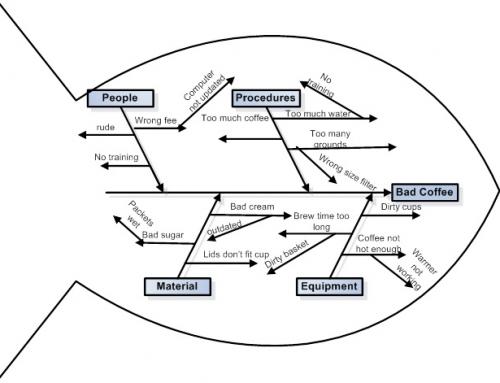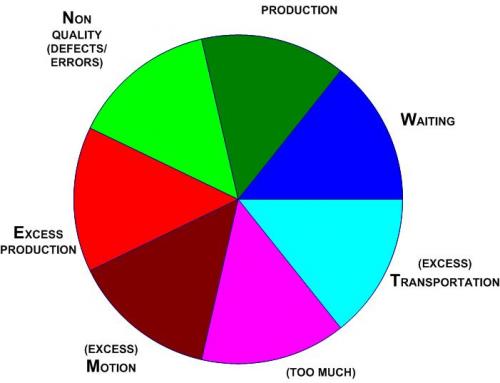Every small business and start up wants to grow and become successful, but the trick is to have “planned growth” rather than “opportunistic growth”.
If you opportunistically start taking on every new order for your products or services that comes along, sooner or later you’ll hit a “constraint” that cripples your business.
Typical business growth constraints include the following
- Staff: As you grow, your current staff will eventually become overloaded with work, and you’ll have to add more people.
- Leadership: Typically, the business starts with the owner managing and training all staff, but eventually you’ll need to add more people than you can effectively lead by yourself. The rule of thumb is that you should never have more than four or five direct reports, so you’ll need to hire qualified managers as your staff increases.
- Systems, Procedures and Automation: As you grow, you’ll need to create formalized systems and procedures to make it easier to train new hires, and manual tasks will need to be automated in order to increase efficiencies.
- Workplace Capacity: As you add more people, you’ll eventually need more workspace to accommodate them.
- Production Capacity: Your current equipment or systems will only be able to handle a certain level of output before they need to be upgraded or augmented.
- Supplier Capacity: You need to make sure that your current suppliers can keep pace with your growth. It may be wise to find a second source of supply so that all of your eggs won’t be in one basket.
- Quality Assurance: There is only so much output you can create before you risk compromising your quality.
- Working Capital: Adding the resources that will be required to facilitate growth gets expensive. It’s a good idea to maintain a cash reserve that equals three months of expenses. This ensures that you can keep your business operational if customers are slow to pay their invoices.
A business can only grow as quickly as its biggest constraint
 To use an analogy … If you have 10 people stand in a line and hang onto a rope, then ask them to run as fast as they can without letting go of the rope, the group will only be able to run as fast as the slowest runner. The slowest runner becomes the biggest constraint; it won’t matter if one of the other runners happens to be Usain Bolt.
To use an analogy … If you have 10 people stand in a line and hang onto a rope, then ask them to run as fast as they can without letting go of the rope, the group will only be able to run as fast as the slowest runner. The slowest runner becomes the biggest constraint; it won’t matter if one of the other runners happens to be Usain Bolt.
As a business owner you may think that you can double your sales because your current sales force is capable of handling twice the number of calls each day, but if your equipment can only produce 50% more output, that constraint dictates how fast you can grow.
As soon as you remove one constraint there will always be another to replace it.
So, the best way to manage your corporate growth is to identify the constraints you will encounter in sequential order. Then put a plan together that includes timing and budget to systematically address and overcome each one of those constraints, and pace your growth accordingly.
A good trick for planning this way is to think of how much growth you’d like to have, then work backwards from there to where you are now. Ask yourself what would have to be in place at each previous step in order for you to progress to the next step. The business constraints to overcome at each step will readily become apparent, and you can plan for them as you move forward.
As always, I welcome your comments and questions below.

[/fusion_builder_column][/fusion_builder_row][/fusion_builder_container]








Leave A Comment